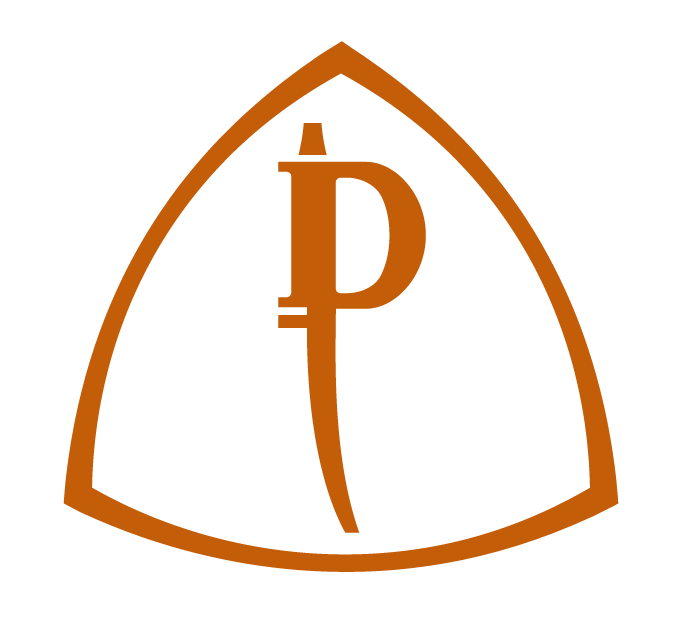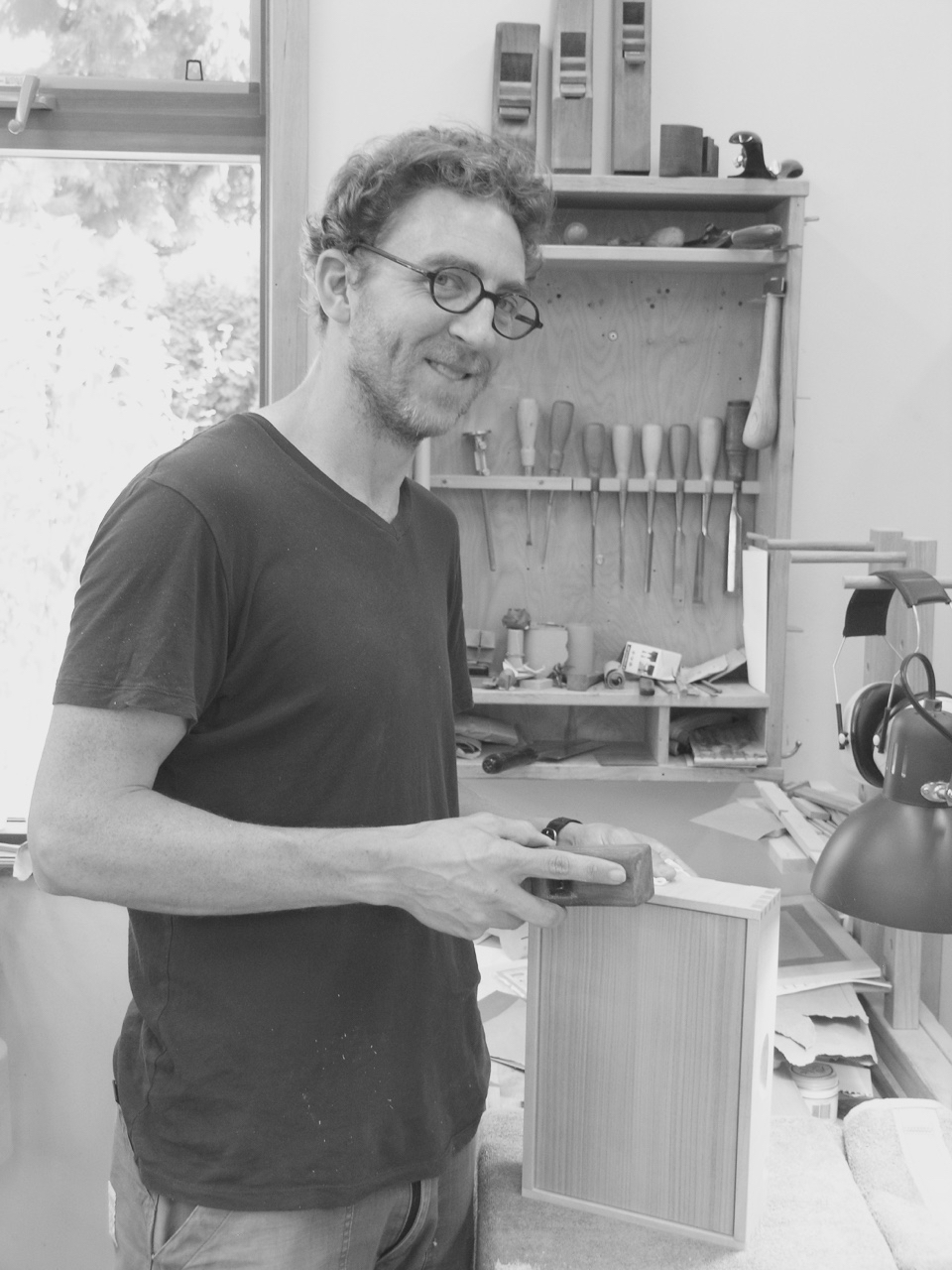This past term, we said goodbye to a dear friend, who has began her much anticipated sabbatical. After the third week of the program, Caroline returned to Singapore to visit her family, before beginning an exciting new chapter in her life. For the last few years, she has talked about building a workshop on her property, so that she can return to the work that so inspired her before turning her attention to learning the craft of teaching at the school. While I already miss her, I am excited that she has begun the process. I very much look forward to returning to our amateur development with her on Sunday mornings later this fall when the dust settles.
Wood
I have always maintained that images, never seem to do our work justice. David Welter did as close a job as I have ever seen, and Tim Andres has done an amazing job here at the school since taking over our photography a few years back. Tim is scheduled to return to the coast later this fall to photograph student work from this term and next and bring the images from the last few terms. I will at that time post more student work, including a couple of exceptional pieces made by Andreas Pfister, from Munich Germany, shown above, in his last term at the school. With that said in this past term, one of the pieces made in the Upward Spiral program was JK’s chess board. The piece was made by Sam Gapic from Perth Australia, and as he will be leaving before Tim was able to photograph the piece, I used my very limited photography skills to photograph Sam’s lovely piece.
The playing surface of the chess board is bubinga and arbutus, or madrone as it is known, and the frame is doussie. The doussie, is from the plank used for Tang Chung Leon’s pipe cabinet, durning his Upward Spiral. Tang is returning from Malaysia for his third term this fall for Vidar’s Chair. We are very much looking forward to having Tang, and his lovely wife Judy, back at the school. Below is an image of Tang's notebook from his first term at the school.
The bubinga in the chessboard is from a plank used for a stand in by Jake Maughan’s composing piece, who we received a visit from this past term. Jake is working out of a cooperative space in Vancouver and has continued to produce some exceptional work. His piece shown below, continues to be a favorite of mine.
Workshop & Tools
Each Term I ask one of our students to read ‘The other end of the plank’ passage from A Cabinetmakers Notebook. That book, along with the conversations that took place between Jim and I in the years that followed lead to the opening of our school in thirteen years ago. I read that passage that appears on page 73 at the presentation of my first piece at the College of the Redwoods nearly twenty years ago, paying homage to my soul mate, my partner in life and work, who has been with me my entire life as a craftsman. As Yvonne say’s “it feels like we grew up together.” Last term I bestowed the responsibility to Dave Beauchesne who completed his Impractical Studies program. This past term I asked Geoff Munday, who after five years, completed his Impractical Studies program. Geoff and Dave are two of the last students who were grandfathered in from the one week format which phased several years ago. Geoff came to the school as a student, and left a very dear friend. Yvonne and I have so enjoyed Geoff and Victoria’s visits over the years, and dearly look forward to their next visit.
During the final Elephant of the term, students received their certificates, listened to one of Jim's farewell addresses and after saying a few words myself we did our quarterly walkaround. While surrounded by family and friends, each of our students shared their triumphs and tragedies of the term. I said to Yvonne later that evening that it was one of the most heartfelt presentations we have had at the school in the past thirteen years. I was filled with immense gratitude and afirmation that we are on the right path.
Details
This past term Marion completed her second term of residency at the school. In addition to completing her beautiful lap desk in English walnut, she acted as a teaching assistant for much of the term, taking questions from her classmates, and assisting Yvonne and I in the daily operations at the school. I cannot imagine how we could have managed without her. Watch for images of her work in the winter addition of my Notebook.
Merci mon cher ami
Inspiration
We received as special visit from one of our alumni in the final weeks of the term. The last Saturday of class, just after Jk's lecture and slideshow. Juan brought by three of the pieces he made at the school several years back including 'Trinity' pictured above. As always it was inspiring for our students to see the many possibilities that exist in our craft and meet an equally inspiring and gentle man.
I have been reminded on an all to regular basis, that our school has fallen behind the times with all the developments in social media. Many schools including my alma mater, now the Krenov School use Facebook, and now Instagram to share there work. I have not because, I would rather spend the time in my workshop and look for any excuse to avoid screen time. Perhaps one day, we will have someone at the school who wants to take this on, but it will not be myself. In the mean time, I thought I would include a few of our alumni instagram pages below that our current students frequent.
Peter Freeman
Jacques Breau
Kylee Sebree
Jay Miron
Jason Klager
Juan Carlos Fernandez
Craig Johnson
With Immense Gratitude
I would like to take this opportunity to thank our students, past and present, and remind you that our school not only exists for you, but because of you.
Be well and enjoy your work, I know I do,
Robert






































































































